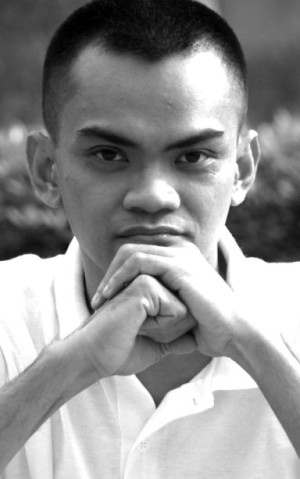
PAREDES
Two recent news that delved on separate historical events brought me back to my own research work at the archives of the Cebuano Studies Center in the University of San Carlos.
First of all, there was that report about the Balangiga bells that the Americans promised to finally return to the Philippines after they took it as war booty in their bloody campaign to avenge the controversial massacre of American troops by villagers and insurgents in the town of Balangiga, Samar in 1901 during the Philippine-American War.
The second news struck me was the celebration of the Armistice or the end of World War I in 1918, which was attended by present leaders of those countries involved in that war which was estimated to have claimed the lives of nine million soldiers and seven million civilians.
Both events are important as they remind us of how they actually affected Cebu back in those years of American occupation.
To recall, the Americans first came to the Philippines in May 1, 1898 to destroy the Spanish fleet in Manila Bay as part of the Spanish-American War.
On December 21, of that year, following her defeat in that war, Spain formally ceded the Philippines to the US in the Treaty of Paris, which was signed while troops of the Philippine Republic were already in control of most of the country and about to retake Manila.
The Americans then landed in Manila and eventually took over control from the Spaniards even as Filipinos had already declared independence and victory over Spain.
On February 21, 1899, the Americans arrived in Cebu on board the gunboat Petrel and demanded surrender of the island from the local government, who were forced to do so but in protest.
Thus began the American occupation of Cebu by threat of military force.
This led to the collaboration of most of the Cebuano elite.
However, militants in the local government led by General Arcadio Maxilom, Juan Climaco, Nicolas Godinez, the Aliño brothers, Lorenzo Eje and many others continued to assert the leadership of the Philippine Republic over the island as they took to the hills of Pardo and Sudlon to fight the Americans from their camps there.
The Cebuano army led by Maxilom, although ill-equipped and lacking training, faced a well-armed and better experienced (most were veterans of the war against the Indians and the Cuban war) American infantry, which attacked the rebel trenches with shelling from gunboats and field artillery.
The events of the time reflected those happening in Samar and in other parts of the country, with how the guerrillas depended on local villagers for support.
Strikingly common is the use of conch shells as makeshift battle trumpets and pealing of church bells as signaling devices.
It only goes to show that the Filipino resistance to the American occupation was popular particularly among the masses.
Still, the series of betrayals and collaboration among the local elite, and the lack of weapons and training of Maxilom’s army eventually led to more defeats of the cause of independence.
The Americans eventually gained more control of the Philippines and began enjoying support of the population who got tired of the fighting and were enticed by the promises of modernity and democracy being offered by the new colonizers.
As the nation became a strategic American outpost in Southeast Asia, the cause of independence by armed struggle weakened with anti-American fighters being branded as mere “bandits” or “terrorists”.
Proof of this is the support given by Cebuanos to the American war campaign at the outbreak of the First World War in Europe in 1914.
Although, it was not until 1917 that the US finally declared war on Germany, the American colonial government in the Philippines already prepared the country for the prospect of the war reaching the Pacific.
In Cebu, newpapers like Nueva Fuerza and Freeman were all abuzz with news of the war in Europe and local efforts to gather support for the American war campaign during those years.
Little is known of how Cebu actually became implicated in that war, with some Cebuanos actually volunteering to fight in Europe side-by-side with the Americans that only a few years ago, were considered their own enemies.
Disclaimer: The comments uploaded on this site do not necessarily represent or reflect the views of management and owner of Cebudailynews. We reserve the right to exclude comments that we deem to be inconsistent with our editorial standards.
